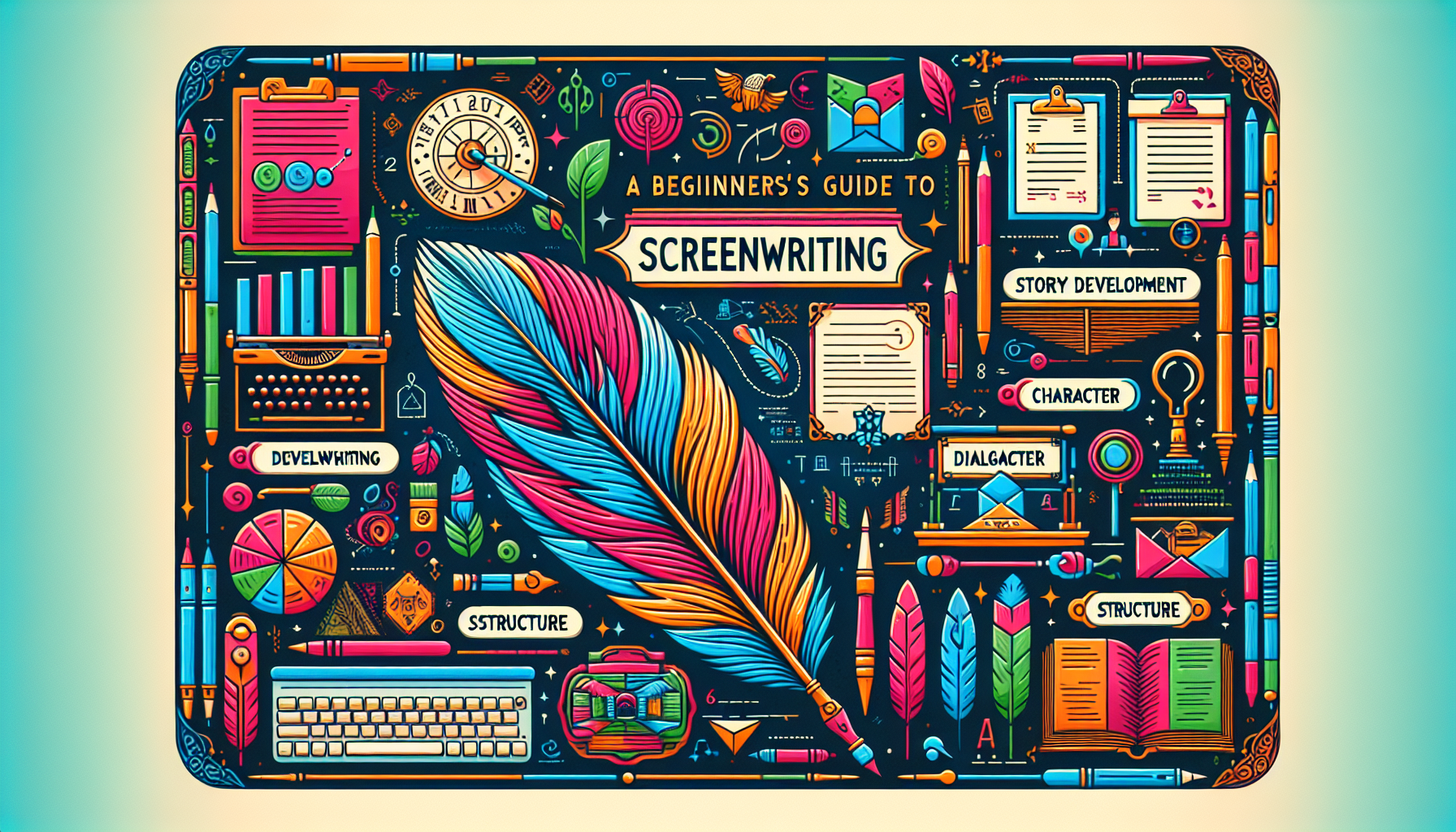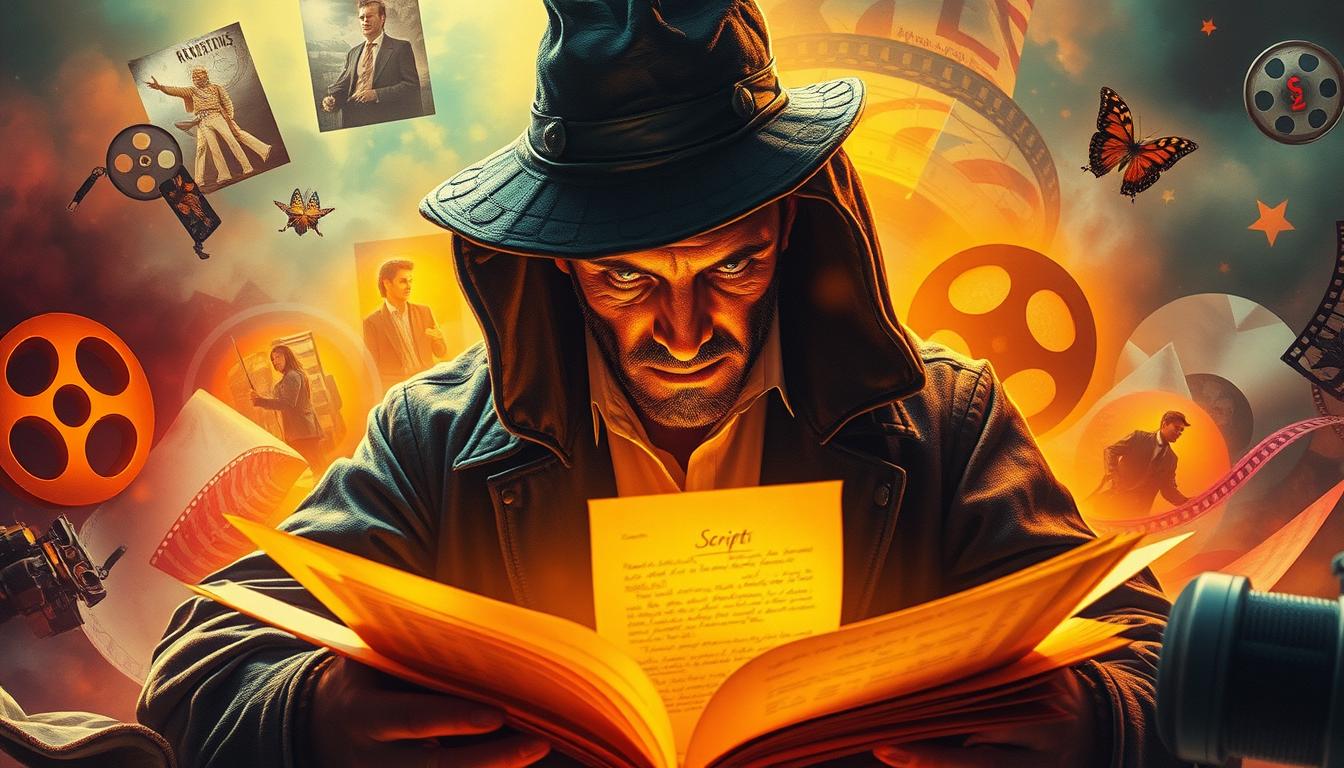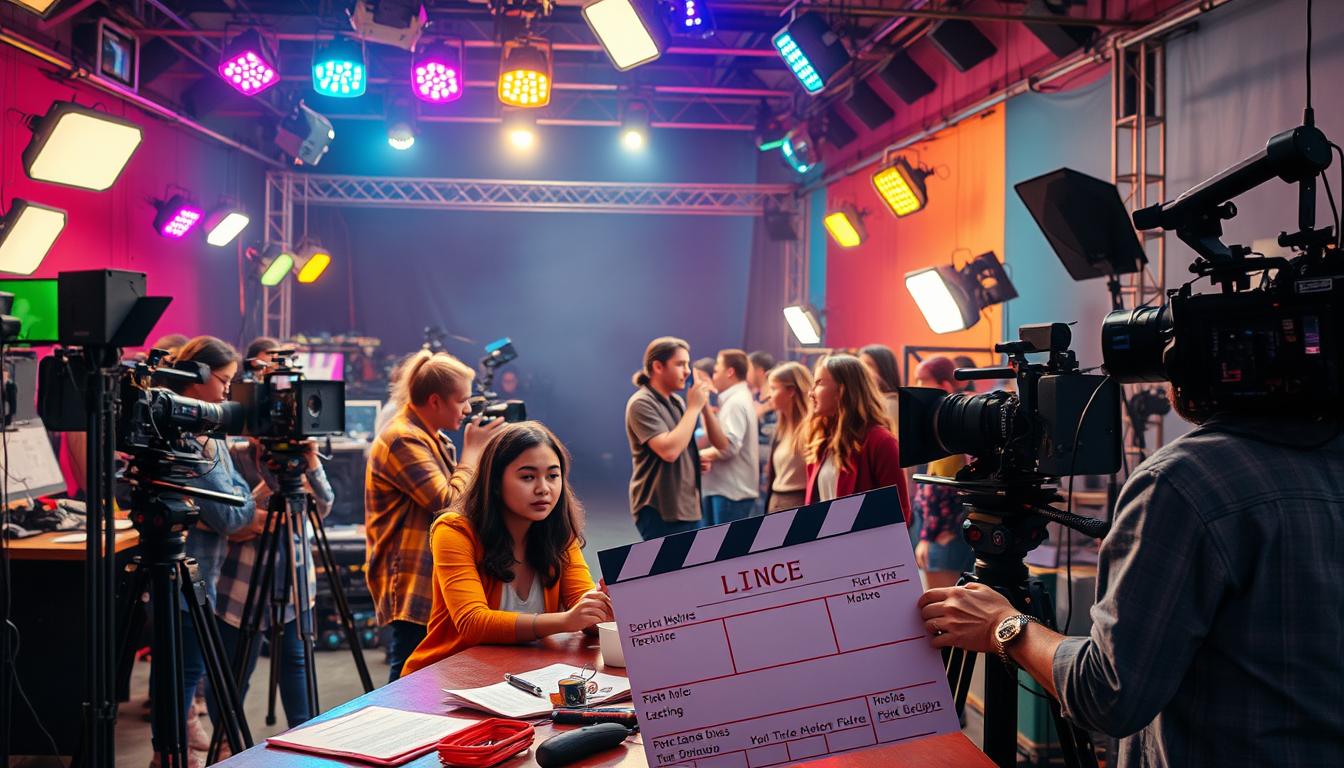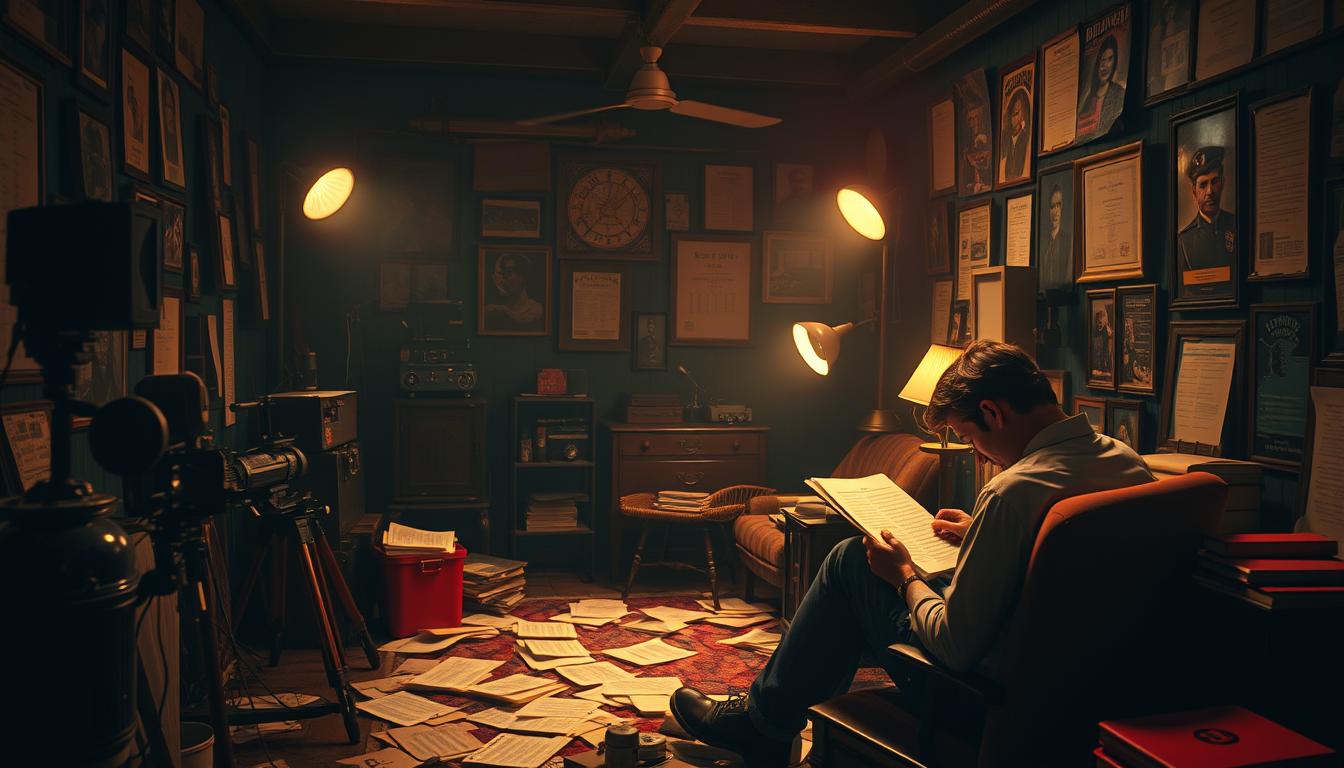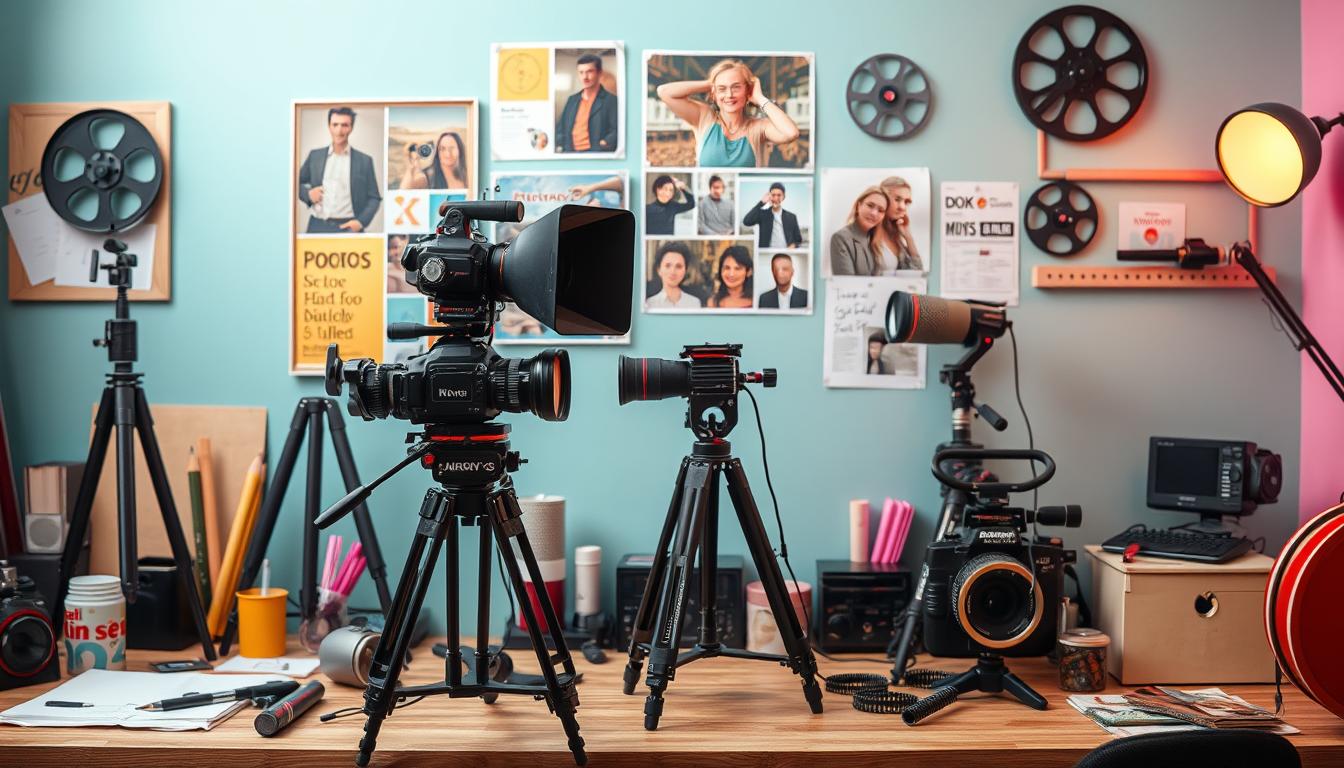Introduction to Screenwriting
Screenwriting, the art of writing scripts for films or television, is a fascinating journey from the first spark of an idea to the final screenplay. It’s a unique blend of storytelling, structure, and dialogue that brings characters and worlds to life. For beginners, screenwriting can seem daunting, but understanding the basics is the first step in turning your story ideas into cinematic narratives.
The Basics of Screenwriting
Understanding Screenplay Format
A screenplay has a specific format that differentiates it from other types of writing. This includes precise margins, character names centered above their dialogue, and sparse, present-tense descriptions of actions and settings. The industry standard software for screenwriting, such as Final Draft or Celtx, can help format your screenplay correctly. Remember, correct formatting is crucial as it allows readers to focus on your story and characters.
The Structure of a Screenplay
Most screenplays follow a three-act structure: the setup, the confrontation, and the resolution. The first act introduces the characters, setting, and the main conflict. The second act escalates the conflict leading to a climax, and the third act resolves the story. Structuring your screenplay well is essential for pacing your story and keeping your audience engaged.
Character Development and Dialogue
Compelling characters and dynamic dialogue are the heart of any screenplay. Characters should grow and change over the course of the story, driven by the conflicts they face. Dialogue, on the other hand, should reveal character and advance the plot, all while sounding natural and engaging. Getting to know your characters deeply can help their words flow more easily on the page.
Writing Your First Screenplay
Brainstorming and Research
Begin with brainstorming ideas and conducting research if your story requires it. Whether it’s a historical drama or a science fiction saga, grounding your screenplay in rich details will make your world more immersive and convincing. Don’t rush this process; let your ideas evolve and intertwine as you gather information.
Outline Your Story
Before diving into writing the script, outline your story. This can be as detailed or as broad as you like, but it should include major plot points and character arcs. An outline acts as a roadmap, helping you stay on track and ensuring your story flows logically from one scene to the next.
The First Draft
Writing the first draft of your screenplay can be both exhilarating and challenging. Embrace the process and allow yourself to write without self-editing too much. The first draft is not about perfection; it’s about getting your story down on paper. You’ll have plenty of time to revise and refine later.
Editing and Revising Your Screenplay
After you’ve completed your first draft, take some time away from it, then come back with fresh eyes for editing. Look for inconsistencies in your story, underdeveloped characters, or dialogue that doesn’t serve the plot. Receiving feedback from trusted friends or fellow writers can also be incredibly valuable at this stage.
Final Thoughts
Screenwriting is a craft that involves creativity, discipline, and a willingness to learn and grow. As a beginner, the most important thing is to start writing and to keep writing. Each screenplay you write is a step forward in mastering the art of screenwriting. Remember, every great movie began as an idea and a blank page. Your screenplay could be the next to capture the hearts and imaginations of audiences.

